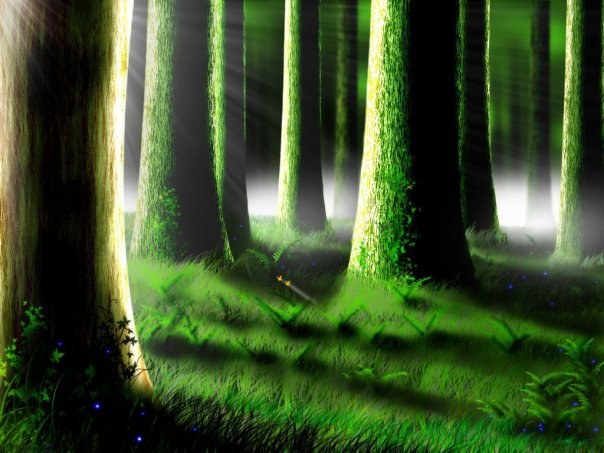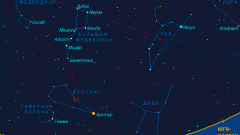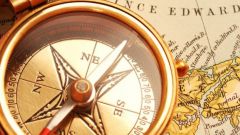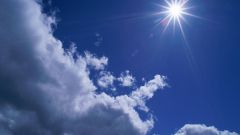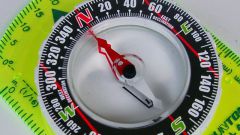You will need
- - compass;
- watch.
Instruction
1
If you have a compass, going into the forest, set it. Step away from the road 50-100 metres, turn in the direction where you want to go back. Compass shake lightly and place on the palm. Align the compass arrow marked "North" on the dial. View the value of a degree in your field. This will be your guide. When you decide to move back, just align the arrow with the North and turn back face. Now find the vector of its road and go. Adjust your course from time to time by repeating the entire procedure.
2
Hourly also possible to determine the sides of light. Keep them in the palm of your hand, point the hour hand at the sun. Divide in half the angle between the figure 1 and the hour hand is the direction South. Accordingly, the opposite side will be North, the one that is on the right hand East and the left West. Clock set at local time.
3
Look at the plants in the forest, it is a kind of natural compass. Look for the dark strip moss on tree trunks – it is on the North side. It is formed because the crust dries out from the sun on the South side, and moss grows on the opposite where there is moisture. In hot weather, on the trunks of firs and pines stands resin, of course, more in the South, where the sun heats the tree.
4
5
6
Find forest anthill. Its South side is more gentle than the North. Ants build their settlements near the tree with the side of the South. In the spring try to navigate in the snow. It melts faster on the South side. But in the ravines, pits, hollows the snow melts better with the North, because the sun's rays do not fall on the opposite side of the recess.
